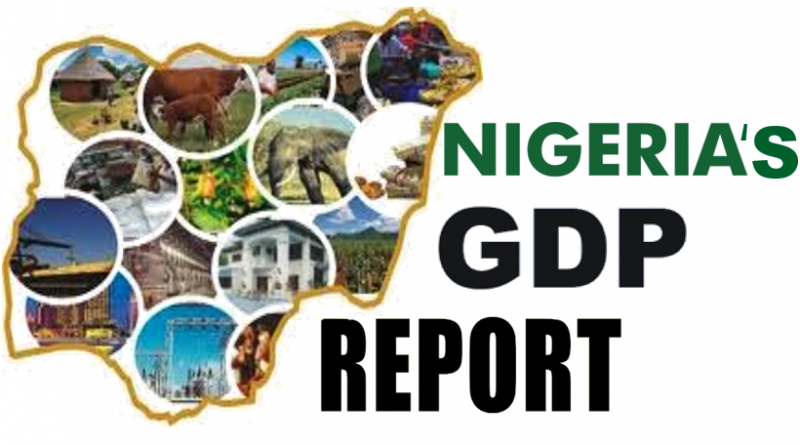Nigeria’s GDP report for Q4 2023 saw growth of +3.46%
The Q4 ’23 national accounts released by the National Bureau of Statistics (NBS) indicate a year-on-year GDP growth of +3.46%, up from the +2.54% recorded in Q3 ’23. Interestingly, the quarter-on-quarter growth stood at +36.2%. A detailed analysis reveals that the service sector saw a year-on-year growth of +3.98%.
For the full year 2023, GDP expanded by 2.74%, slightly surpassing our 2.6% year-on-year projection but falling short of the 3.1% growth seen in the previous year (2022). This slower growth can be attributed to the macroeconomic challenges faced in 2023.
Notably, the oil economy experienced a 12.1% year-on-year growth in Q4 ’23, marking a positive shift after 14 consecutive quarters of contraction. This growth can be attributed to improved production levels. However, on a quarter-on-quarter basis, the oil sector contracted by -3.8% year-on-year. Data from the NURPC shows that average crude oil production in Q4 ’23 was 1.52mbpd, up from 1.43mbpd in the previous quarter.
The non-oil economy saw a 3.1% year-on-year growth in Q4 ’23, compared to 2.75% in Q3 ’23. Key contributors within this sector include finance and insurance (29.8% year-on-year), telecoms (6.9% year-on-year), construction (3.7% year-on-year), real estate (1.3% year-on-year), agriculture (2.1% year-on-year), and trade (1.4% year-on-year). Together, these sectors made up 70% of total GDP in Q4 ’23.
Agriculture recorded a 2.1% year-on-year growth in Q4 ’23, up from 1.3% in Q3 ’23. Crop production was the main driver of growth in agriculture, accounting for 91.4% of the sector’s GDP and growing by 2.4% year-on-year. The forestry segment saw a 1.7% year-on-year growth, while the livestock and fishing segments experienced contractions of -2.1% and -0.1% year-on-year respectively. Agriculture contributed 26% to total GDP in Q4 ’23.
Telecommunications experienced a growth rate of 6.9% year-on-year, slightly lower than the 7.7% recorded in the third quarter of 2023. Despite changes in consumption patterns, internet subscriptions remained resilient. The significance of social connectivity remained high, even during economic challenges. Social media platforms, messaging apps, and online communities continued to play a crucial role in maintaining connections, sharing information, and staying informed. This sustained internet usage contributed to revenue growth for telecommunications companies.
In the manufacturing sector, there was a year-on-year growth of 1.38%, an improvement from the 0.48% growth recorded in the third quarter of 2023. The food and beverages segment within the sector experienced a growth rate of 2.93% and accounted for 50% of the total manufacturing GDP. However, the textile, apparel, and footwear segment contracted by -1.6% year-on-year. On the other hand, the cement segment showed positive growth of 3.2% year-on-year.
Trade witnessed a year-on-year growth rate of 1.4% in the fourth quarter of 2023, slightly lower than the 1.5% growth recorded in the previous quarter. The current foreign exchange dynamics, characterized by the persistent depreciation of the NGN/USD, should ideally impact the balance of trade account and stimulate export growth while reducing import volumes.
The finance and insurance sector experienced significant growth of 29.7% year-on-year in the fourth quarter of 2023, surpassing the 28.2% growth recorded in the third quarter of the same year.
Looking ahead to FY2024, there are several projections indicating a promising trajectory, including the FGN’s GDP growth forecast of 3.76% year-on-year. However, our in-house projection for GDP growth in 2024 (based on our scenario) currently stands at 3% year-on-year. SOURCE: Coronation Economic Note by Coronation Merchant Bank




